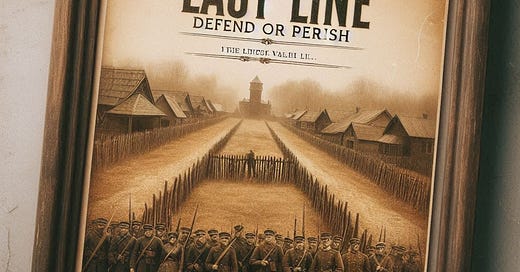"It was not by taking care of the fields, but of ourselves, that we acquired those fields."
-Anaxandridas
The government's handling of COVID-19 coupled with the summer of Floyd was a wake-up call for many Americans. People across the country responded by arming themselves in record numbers and seeking refuge in rural areas. This was not a knee-jerk reacti…





